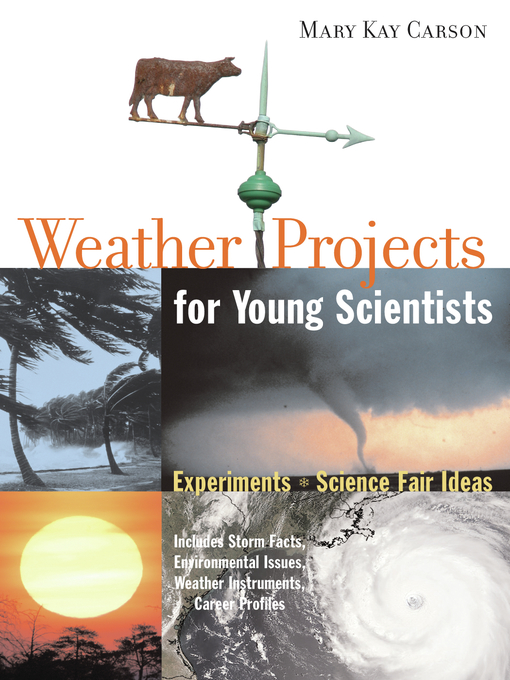- Available now
- New kids additions
- New teen additions
- Romantasy for Adults
- Beach Reads 2023
- Rom Com Reads: Standalones or First in a Series
- Paranormal Romances
- Stand Alone Thrillers
- Historical Fiction & Mysteries: First in the Series
- Mysteries: First in the Series
- Mystery Madness: Award-Winners
- Regency Romances
- Won't You Be My Neighbor?
- See all
- Available now
- New audiobook additions
- LGBTQ Adult Audio
- Audie Awards
- The Great American Read/Listen
- New kids additions
- New teen additions
- Most popular
- See all


